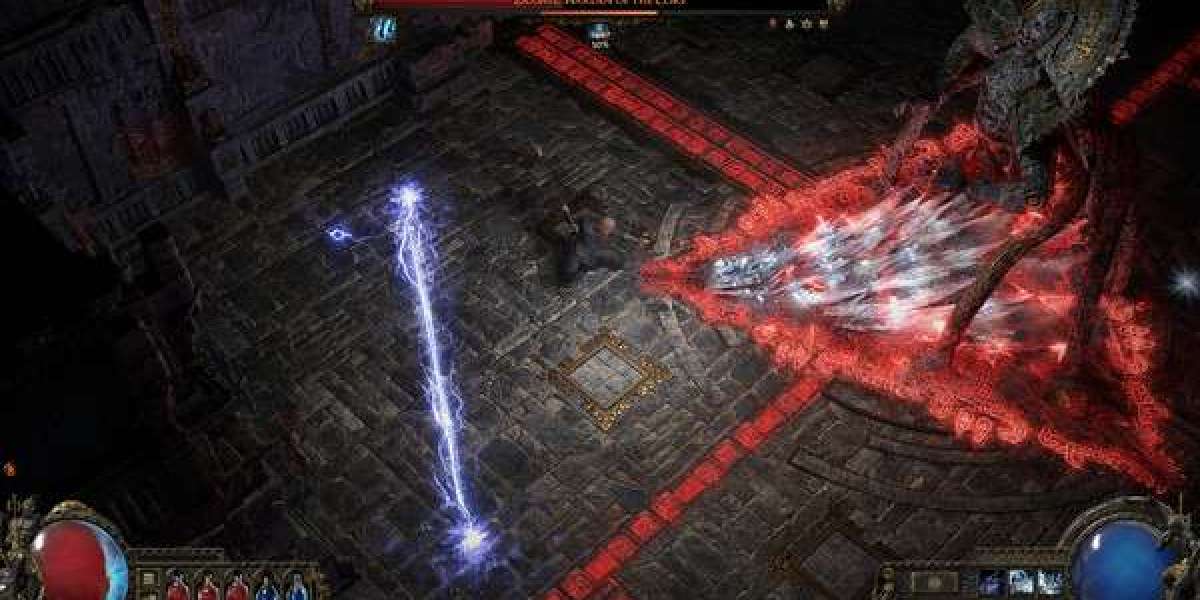Ceftriaxone is a powerful, broad-spectrum antibiotic commonly used to treat a wide range of bacterial infections. It belongs to the third-generation cephalosporin class and is often administered by injection due to its effectiveness and fast-acting properties. One of the most frequent questions asked by patients and healthcare providers is, “How long does it take for ceftriaxone to work?” This guide provides a comprehensive overview of the onset of action, clinical effectiveness, factors that affect its performance, and the role of ceftriaxone injection wholesale options in clinical and hospital settings.
What is Ceftriaxone?
Ceftriaxone is used to treat bacterial infections such as pneumonia, sepsis, gonorrhea, urinary tract infections (UTIs), meningitis, and infections of the skin, bones, and joints. It is often favored in emergency and hospital settings due to its broad spectrum of action, long half-life, and minimal dosing frequency.
Ceftriaxone is typically administered intramuscularly (IM) or intravenously (IV), and is available in various dosages, with 1 gram (1000 mg) being one of the most commonly used for moderate to severe infections.
How Long Does Ceftriaxone Take to Work?
1. Onset of Action
After intramuscular or intravenous administration, ceftriaxone typically begins to work within 1 to 2 hours. In many cases, especially in severe infections, patients start to feel a reduction in symptoms such as fever, pain, or inflammation within 24 to 48 hours. However, this varies depending on the type and severity of the infection.
2. Peak Concentration
IV injection: Reaches peak plasma concentration within 30 minutes.
IM injection: Peaks in about 2–3 hours.
Despite this, it’s important to remember that feeling better does not necessarily mean the infection is fully cleared. A complete course of antibiotics is always essential.
How Quickly It Works for Specific Conditions
Factors That Influence Ceftriaxone’s Effectiveness
Several variables determine how quickly ceftriaxone starts to work:
1. Route of Administration
IV delivery results in quicker systemic distribution.
IM is slightly slower but still effective.
2. Type of Infection
Localized infections (e.g., UTIs) may respond faster than systemic infections like meningitis or bacteremia.
3. Severity and Stage
Advanced infections may require more time to show improvement even though ceftriaxone is already working at the cellular level.
4. Patient Health
Patients with weakened immune systems, liver or kidney issues, or chronic conditions may experience a delayed response.
5. Dosage and Frequency
Administering the correct dosage is vital. For example, many hospitals use ceftriaxone 1g daily, though doses may increase depending on the infection.
Importance of Timely Administration
Ceftriaxone’s rapid action is one reason it's often stocked in bulk. Hospitals and pharmacies that purchase ceftriaxone injection wholesale ensure they have a readily available supply, especially for emergency cases where every hour matters like meningitis, septicemia, or complicated UTIs.
Role of Wholesale Ceftriaxone in Healthcare
1. Cost Efficiency
By acquiring ceftriaxone injection wholesale, medical facilities can lower per-unit costs, making treatments more affordable and ensuring uninterrupted therapy for patients.
2. Ready Supply in Emergencies
Because ceftriaxone is life-saving in time-sensitive infections, having a steady stock through wholesale channels ensures critical readiness.
3. Long Shelf Life
Ceftriaxone powder for injection has a long shelf life, allowing healthcare institutions to store it without worrying about waste or loss due to expiration.
4. Dosing Flexibility
Wholesale packages often include multiple dosage forms, such as 250 mg, 500 mg, 1 g, and 2 g vials, giving medical professionals flexibility based on patient needs.
Monitoring Patient Response
1. First 24 Hours
Vital signs (temperature, pulse, blood pressure) are closely monitored. A reduction in fever or improvement in symptoms indicates that ceftriaxone is working.
2. 48–72 Hours
This is the critical window where significant improvement should be evident. If there is no progress, doctors may consider culture results or switch antibiotics.
When to Seek Further Medical Advice
If a patient does not see improvement in 48–72 hours after beginning ceftriaxone, or if symptoms worsen, immediate re-evaluation is necessary. It may suggest:
Resistance to ceftriaxone
Incorrect diagnosis
Need for combination therapy
Common Side Effects
While ceftriaxone is generally well-tolerated, some patients may experience:
Nausea or vomiting
Diarrhea
Pain or swelling at injection site
Allergic reactions (rare but serious)
Facilities purchasing ceftriaxone injection wholesale should also ensure proper storage and handling to avoid compromising the drug’s efficacy.
Summary: How Fast Does Ceftriaxone Work?
Ceftriaxone begins working within 1–2 hours of administration, with noticeable improvement typically within 24-48 hours. However, the exact timeline depends on multiple patient and infection-related factors. Its fast-acting nature and high efficacy make it a cornerstone in antibiotic therapy, especially in hospital settings.
Pharmacies and healthcare institutions often depend on ceftriaxone injection wholesale procurement to ensure affordability, quick availability, and consistent patient care. Whether managing a community-acquired infection or a hospital emergency, ceftriaxone remains a trusted solution in modern medicine.
Final Thoughts
Infections can escalate quickly, and the ability to administer fast-acting, broad-spectrum antibiotics like ceftriaxone is crucial. For healthcare providers, maintaining access to this life-saving drug through ceftriaxone injection wholesale channels not only ensures better patient outcomes but also enhances cost-efficiency and inventory control.
If you're a healthcare professional or pharmacy manager considering bulk procurement, working with trusted ceftriaxone injection wholesale suppliers can significantly streamline operations and improve patient treatment timelines.








